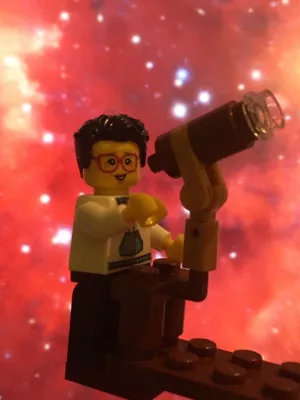
Eero Vaher
Doctoral student

Runaway and walkaway stars from the ONC with Gaia DR2
Author
Summary, in English
Theory predicts that we should find fast, ejected (runaway) stars of all masses around dense, young star-forming regions. N-body simulations show that the number and distribution of these ejected stars could be used to constrain the initial spatial and kinematic substructure of the regions. We search for runaway and slower walkaway stars within 100 pc of the Orion Nebula Cluster (ONC) using Gaia DR2 astrometry and photometry. We compare our findings to predictions for the number and velocity distributions of runaway stars from simulations that we run for 4 Myr with initial conditions tailored to the ONC. In Gaia DR2, we find 31 runaway and 54 walkaway candidates based on proper motion, but not all of these are viable candidates in three dimensions. About 40 per cent are missing radial velocities, but we can trace back nine 3D runaways and 24 3D walkaways to the ONC, all of which are low/intermediate mass (<8 M⊠). Our simulations show that the number of runaways within 100 pc decreases the older a region is (as they quickly travel beyond this boundary), whereas the number of walkaways increases up to 3 Myr. We find fewer walkaways in Gaia DR2 than the maximum suggested from our simulations, which may be due to observational incompleteness. However, the number of Gaia DR2 runaways agrees with the number from our simulations during an age of ∼1.3-2.4 Myr, allowing us to confirm existing age estimates for the ONC (and potentially other star-forming regions) using runaway stars.
Department/s
- Lund Observatory - Has been reorganised
Publishing year
2020
Language
English
Pages
3104-3123
Publication/Series
Monthly Notices of the Royal Astronomical Society
Volume
495
Issue
3
Document type
Journal article
Publisher
Oxford University Press
Topic
- Astronomy, Astrophysics and Cosmology
Keywords
- astrometry
- open clusters and associations: individual: Orion Nebula Cluster
- stars: kinematics and dynamics
Status
Published
ISBN/ISSN/Other
- ISSN: 0035-8711

